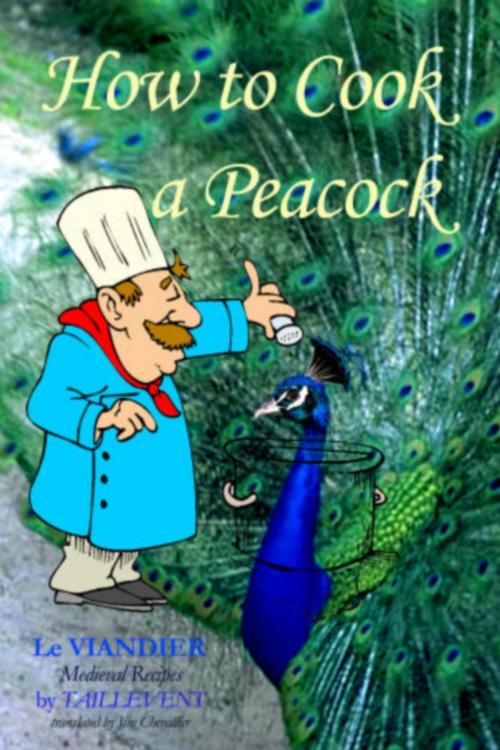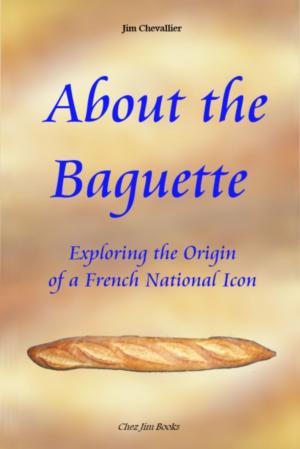How to Cook A Peacock
Le Viandier: Medieval Recipes From The French Court
Nonfiction, Food & Drink, International, European, French, History, France, Medieval| Author: | Taillevent, Jim Chevallier | ISBN: | 1230000017051 |
| Publisher: | Chez Jim | Publication: | September 11, 2012 |
| Imprint: | Language: | English |
| Author: | Taillevent, Jim Chevallier |
| ISBN: | 1230000017051 |
| Publisher: | Chez Jim |
| Publication: | September 11, 2012 |
| Imprint: | |
| Language: | English |
In the fourteenth century, French kings prized such fare as peacock, storks and herons. Guillaume Tirel not only cooked these dishes, he left a book on how to do it. Because (it is said) he had a long sharp nose, he was nicknamed "Taillevent" ("Slice-wind"), and his classic cookbook is often referred to as "Taillevent's Viandier". Le Viandier has survived in at least four different versions. Now Jim Chevallier has translated one of the earliest and most difficult versions - the so-called Fifteenth Century version. This affordable translation makes a precious historical document more readily available to recreational medievalists, food historians and students of medieval life. Luckily, too, many of the dishes listed use familiar ingredients such as chicken, veal, eggs and peas. Adventurous cooks can adapt these original period recipes for modern use, and impress their friends with brewets, pasties, galantines and coulis.
In the fourteenth century, French kings prized such fare as peacock, storks and herons. Guillaume Tirel not only cooked these dishes, he left a book on how to do it. Because (it is said) he had a long sharp nose, he was nicknamed "Taillevent" ("Slice-wind"), and his classic cookbook is often referred to as "Taillevent's Viandier". Le Viandier has survived in at least four different versions. Now Jim Chevallier has translated one of the earliest and most difficult versions - the so-called Fifteenth Century version. This affordable translation makes a precious historical document more readily available to recreational medievalists, food historians and students of medieval life. Luckily, too, many of the dishes listed use familiar ingredients such as chicken, veal, eggs and peas. Adventurous cooks can adapt these original period recipes for modern use, and impress their friends with brewets, pasties, galantines and coulis.















